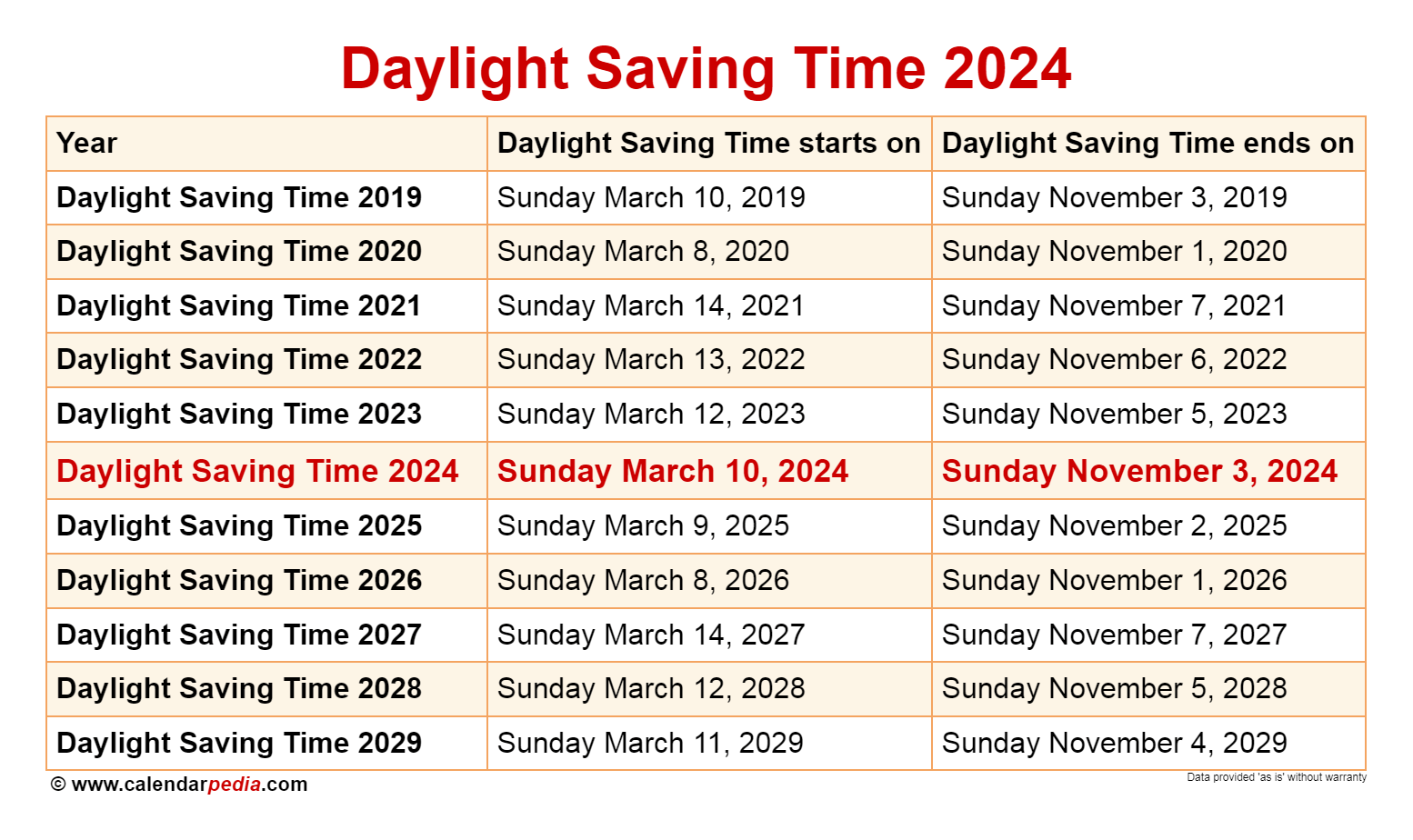Current News on Daylight Saving Time: Fall Back 2024
As the end of Daylight Saving Time (DST) approaches, many are preparing for the annual clock change that occurs in the fall. This year, Daylight Saving Time will officially end on Sunday, November 3, 2024, at 2 a.m. local time, when clocks will be set back one hour, allowing everyone to enjoy an extra hour of sleep. This biannual ritual, often referred to as "falling back," has been a topic of discussion and debate across the United States.
Understanding Daylight Saving Time
Daylight Saving Time was first implemented during World War I as a way to conserve energy. The idea was to make better use of daylight during the longer days of summer. The practice has evolved over the years, with the current schedule established in 2005, which dictates that DST begins on the second Sunday in March and ends on the first Sunday in November.
Key Dates for 2024
- Start of Daylight Saving Time: March 10, 2024
- End of Daylight Saving Time: November 3, 2024
The Debate Over Permanent Daylight Saving Time
In recent years, there has been a growing movement to make Daylight Saving Time permanent. At least 29 states have considered legislation to eliminate the clock changes altogether, citing benefits such as improved mental health and reduced accidents. However, any changes to the current system would require federal approval.

Energy Savings and Health Impacts
A study by the Department of Energy found that the extra four weeks of Daylight Saving Time saved approximately 0.5% in total electricity daily in the U.S., equating to energy savings of about 1.3 billion kilowatt-hours. However, the health impacts of changing the clocks are also significant. Research indicates that the transition can lead to increased rates of heart attacks, strokes, and even accidents due to disrupted sleep patterns.
What to Expect This Fall
As we approach the end of DST, many are reminded to prepare for the time change. Here are some tips to help ease the transition:
- Adjust Your Sleep Schedule: Gradually shift your bedtime earlier in the days leading up to the time change to help your body adjust.
- Plan for Daylight: Take advantage of the extra morning light by planning outdoor activities early in the day.
- Stay Informed: Keep an eye on local news for any updates regarding potential changes to DST legislation in your state.
Recent News Articles on Daylight Saving Time
Several news outlets have published articles discussing the upcoming time change and the ongoing debate surrounding Daylight Saving Time:
Yahoo News: When is daylight saving 2024? Why we fall back, what to know - Published on September 6, 2024, this article outlines the key dates and reasons behind the time change.
USA Today: Fall back time change 2024: When to turn clocks? When Daylight Savings ends - This article discusses the energy savings associated with DST and the potential for permanent changes.
IndyStar: Daylight saving time fall back 2024: When to turn clocks - A comprehensive overview of the history and current status of DST legislation.
CBS News: Will daylight saving time end permanently in 2024? Here's what you need to know - This article provides insights into the ongoing discussions about making DST permanent.
The Providence Journal: When is daylight saving time 2024? Clocks go back an hour on Nov. 3 - A reminder of the upcoming time change and its implications.

Conclusion
As we prepare to fall back this November, the conversation around Daylight Saving Time continues to evolve. With potential changes on the horizon, it remains essential for individuals to stay informed about the implications of these shifts. Whether you embrace the extra hour of sleep or dread the darker evenings, the annual clock change is a reminder of the changing seasons and the ongoing discussions about time management in our modern lives.
For more information, you can explore the latest articles and updates on the topic through various news outlets and official resources.





